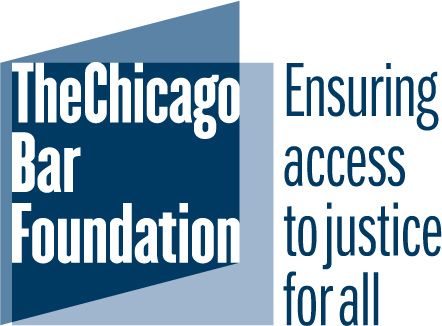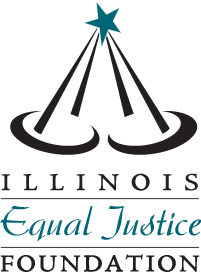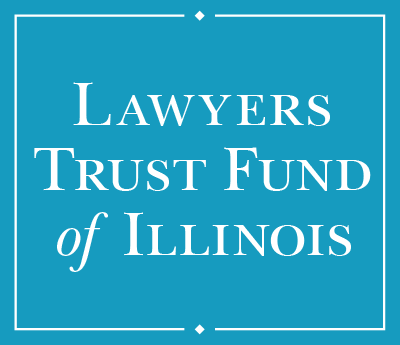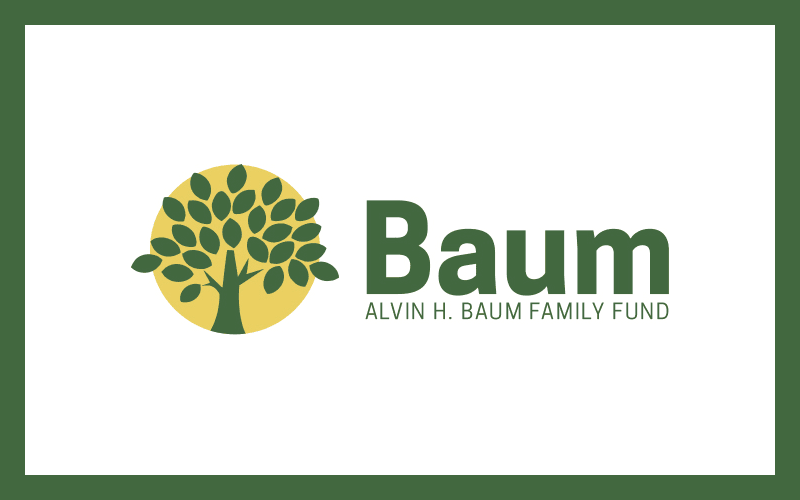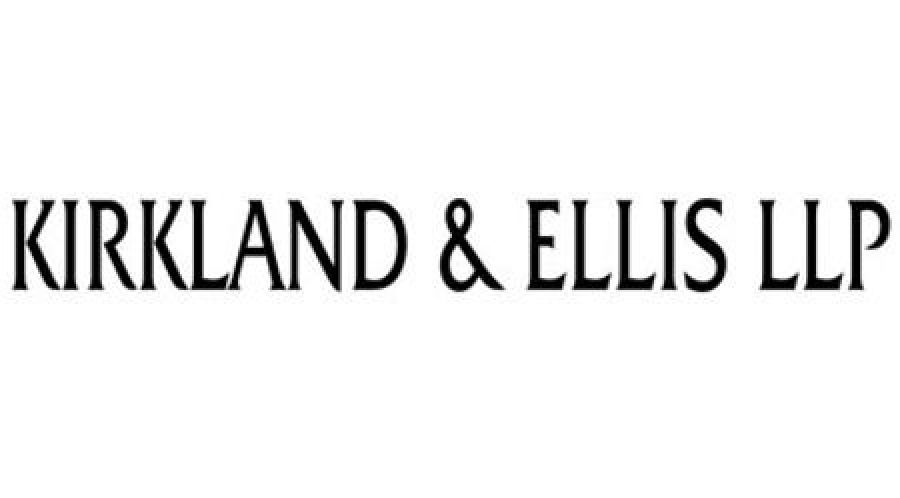Yesterday, the story circulated in the press and on Facebook about the owner of the Cubs pouring money into support of Kavanaugh's nomination to the Supreme Court. In response, many people posted comments touting how they were White Sox fans, and thus untainted by the Cubs' owners’ conservative agenda. I posted a comment in response that the White Sox have their own sordid history...and several people asked for details. Here they are:
Back in the mid-1980's, Jerry Reinsdorf, the owner of the White Sox wanted a new stadium...built (of course) at tax payer expense. He first approached Addison to see if it would build him a stadium, but by a few dozen votes, the referendum to fund that stadium was rejected by Addison voters.
Reinsdorf then entered into simultaneous negotiations with the City of Chicago, and the City of St. Petersburg, Florida, which desperately wanted a major league team. While Chicago was unwilling to foot the bill, the state legislature was more accommodating. Although he literally had to stop the clock to get it done, Governor Thompson was finally able to get a majority in the Illinois legislature to authorize a new stadium, and to provide for extensive posers of condemnation to acquire the land needed.
But where was it to go? As detailed at length in a recent CBS report, there was a plan to build a modern version of a classic stadium on the model of Boston's Fenway Park and Chicago's own Wrigley field. It would be located just north of the old stadium, on the site of what was them a public park (Armour Park). The old stadium would then be transformed into a park. This plan displaced no one, forced fans from outside the neighborhood to walk down local commercial streets to reach the stadium, and preserved the same amount of public park space.
The White Sox had no interest. Reinsdorf insisted on a suburban style stadium--with massive upper decks (which no one sits in to this day), a smaller playing field, but more room for concession stands, all surrounded by acres of parking. Armour Park did not have space for this behemoth, but located just to the south of the old stadium was a small neighborhood of mostly single family homes. As it turned out, it was not coincidental that the residents of this established neighborhood were 100% African American. Reinsdorf got his way, and notices were served on all of the homeowners that they had to move as their homes were being seized by the state to make way for the new stadium.
On behalf of those homeowners, and the residents of an adjacent senior citizen high-rise, we sued, alleging that there was no reason that the old stadium had to be replaced at all, and that the Armour Park site made far more sense. We alleged that the condemnation was not being driven by any proper purpose, but was instead a pretext for removing Black people from the vicinity of the stadium, to "protect" the White Sox suburban fan base from having to see Black people as they travelled to see their team play.
During discovery, we were able to uncover documents which strongly suggested that our allegations of racial motivation were right on point. Documents from St. Petersburg showed that one of the conditions the White Sox were insisting on as a condition of relocating was that the public housing project (also inhabited 100% by Black residents) be demolished. Internal City of Chicago documents commented on how much easier politically it would be to destroy the Black neighborhood south of the old stadium than it would be to convince the (all white) neighbors of Armour Park to accept moving “their” park to the south, where (not coincidently) it would be readily accessible to residents of the Black community—from whom they had been previously separated by the ballpark itself.
In the end, the City, State and White Sox agreed to pay the residents significantly more than their homes were worth, and located large tract of vacant land on the other side of the Dan Ryan Expressway, where many were able to build new homes. Not so lucky were the residents of the senior citizen high-rise. They were not compensated. While their apartments had a perfect view of the new stadium—directly out centerfield—that view was going to be cut-off entirely by the oversized “exploding scoreboard” from which fireworks spouted after every home run, a few feet from their windows. So, while it was impossible for the residents to see the game, it was impossible for them to avoid the fireworks celebrating the game. A lose-lose proposition.
What did the White Sox get? A racially cleansed stadium. A stable long-time middle class Black community was destroyed. Surrounded by acres of parking, no fans travelling to the stadium had to be exposed to any of the remaining Black residents of the surrounding neighborhood. Because they could park and go directly inside, fans bought all of their food and drink from the stadium concession stands, starving local businesses (compare the sterility of the area surrounding the White Sox stadium to the vibrant business community surrounding the Cubs stadium).
Ironically, the White Sox were never able to attract enough fans to fill its oversized stadium, and a scant five years after it was finished, the White Sox (again at tax payer expense) began major renovations to make move the upper deck closer to the field…a problem the Armour Park design avoided in the first place.
Bottom line: while the Cubs’ owners are spending a fortune trying to ensure that a horrible misogynist Kavanaugh will be elevated to the Supreme Court, the White Sox’ owners have their own history of racist bigotry. A pox on both their houses.


